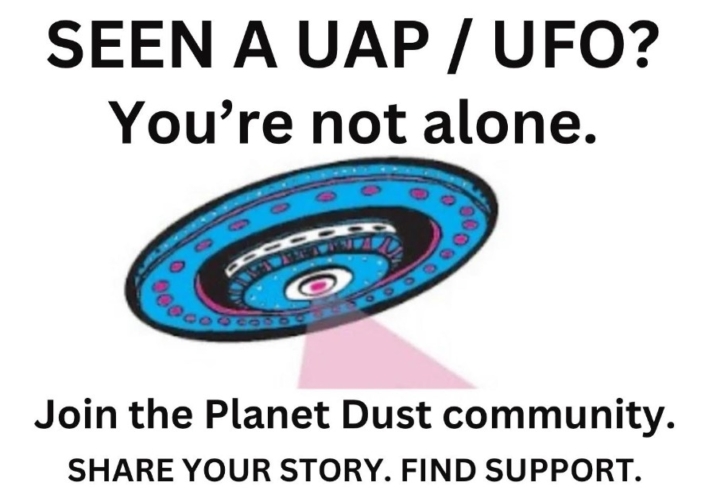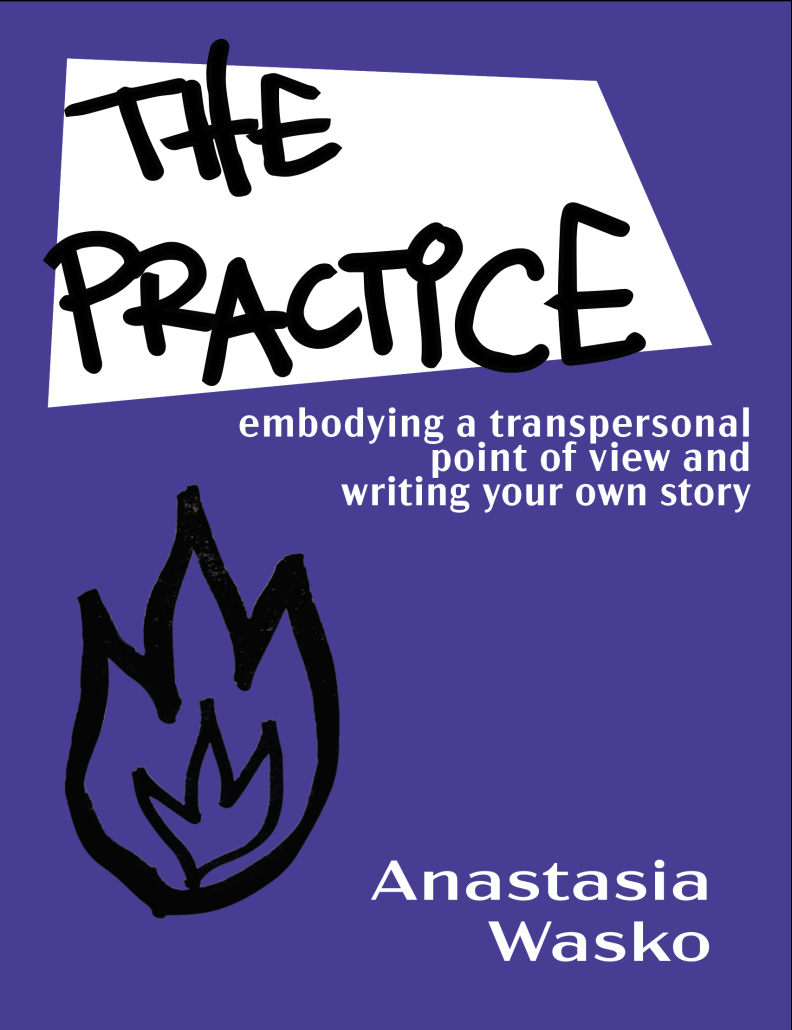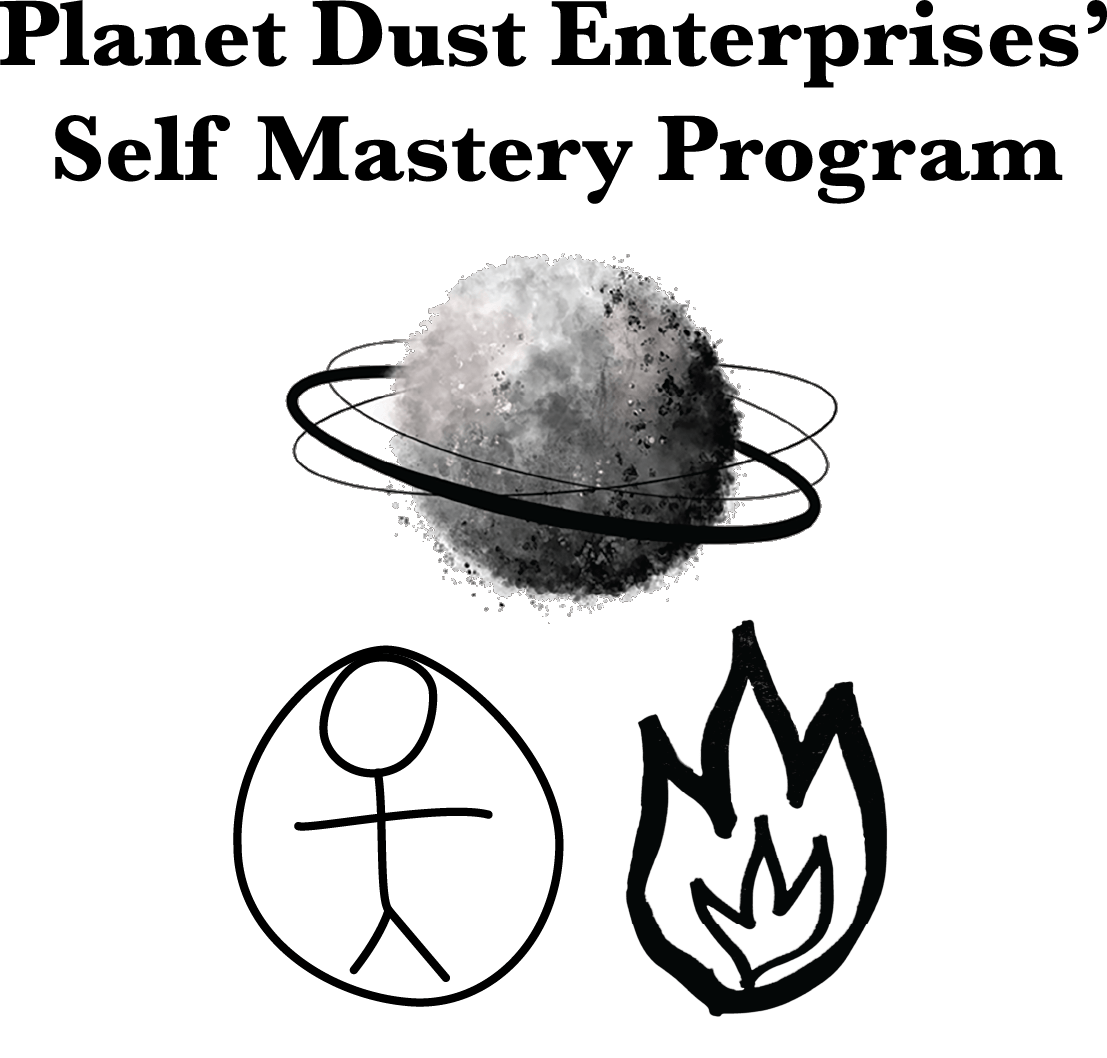Psychospiritual Growth: Excerpt from The Practice
I’ve come to this work as a transpersonal guide after years of being on my own journey—at times I felt I was a heroine, at other times I felt like my demons were in control. Psychospiritual growth is an adventure. Ram Dass, the spiritual teacher, said that we are polishing a mirror, and by extension, I believe through the act of writing we create our mirror on the page. I’ve been drawn to speculative fiction and science fiction, and my mirror looks like a phantasmagorical, fantastic reflection of my heroine/demoness journey. These are just the forms my imagination comes into–visuals of other worlds and space, neon colored four-legged creatures and inanimate objects such as city buildings that come alive and talk in raspy voices. Yet, at all times, the fulcrum around which I wrote was a feeling of aliveness. The images in my mind were alive. They had energy. Engaging that energy is doing inner work—which happened after I could literally see it on the page.
A feeling of aliveness—your ability to feel alive—is a better measure of mental health and the health of your inner space than any diagnostic I have encountered.

The feeling of aliveness arrives with self awareness and conscious choice. While the inner world can be abstract or elusive to language, we have to try. That is the Yet, a work. I find imagination is the tool of choice here. Throw around phrases such as “finding myself,” “knowing myself,” “higher purpose”–they can come across as deflated. We live in a society that lacks aliveness. Those phrases are cliché and dead. Chose those phrases, and I’d say the space between the words you use, your thoughts, and you, the observer of them, is still too tight. Invoking imagination can be freeing so you can make conscious choices with your language, too, helping you to look in the mirror and identify, then dis-identify from the experience in your inner world. Create space here for agency and aliveness.
In other words, writing flexes an intrapsychic muscle–a muscle from inner space.
Allan Frater’s impulse to write Waking Dreams: Imagination in Psychotherapy and Everyday Life came from his desire to recover his own imagination. He says he hadn’t lost it per se, but he “wanted back those moments when an image would capture my whole attention—a russet autumnal sunset or even just a tattered plastic bag flapping in a hawthorn hedge, moments when I would stand and gaze, seduced into an implicit meaningfulness in just being alive.” What does it mean to experience being alive because imagination calls you to remember the feeling?
I think, too, that some folx thing they lose their imagination or imaginative spirit, and the journey ends there. The journey of self actualization never ends, but we do have to find our way back to it when the mind creates a block aka the mirror breaks. Engaging the imagination is an act of power and strong will. This is the first step toward cultivating space from the chaos inside.
- Can you be present in the chaos?
- Can you write details from the chaos?
- Where is your mind in time-space to notice the details?
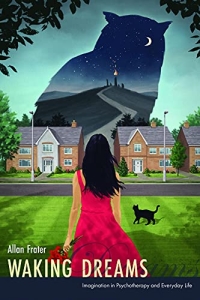
Striking details (a russet autumnal sunset, a tattered plastic bag) are what writers or anyone with creative projects strive to imbibe their work with; the details indicate a person who has their ear to the ground of the creative impulse and the signature creativity has in the mind-body-spirit feedback loop. The details that call us to life, call us to the precipice of conscious awareness. It’s from this place that reflection happens. We intuitively know that there is something very deep behind the observation. The images were called into our field of awareness for a reason—they are keys to unlock deeper levels of our journey.
Frater admits he doesn’t know what exactly imagination is—but he makes the case for imagination being a vital force, but one that we cannot inherently quantify. Many of his ideas and context come from his practice of psychotherapy. In one passage, he describes talking a patient through an experience of active imagination. He asks the client to focus on the images, asking what she noticed when she was present with imagery. This allows the client to have a sort of free association experience with her imagery, but it becomes useful because she has insights around the source of some anxiety and anxiety-associated behaviors. This is a really important bit—when we treat the forces inside the mind (imagination, and also the will) as things in themselves, we give some integrity and structure to an otherwise nebulous inner world. Words are energy. Words are subtle and powerful things. Significant shifts can happen when looking in the mirror on the page.
Frater writes that “pretty much everything we think, feel, say, and do is a repeating pattern of core identities and way of being deeply embedded within the psyche.” Basic patterns from different areas of life (such as work, sex, and dream life) can be teased out through careful observation of imagery that arises during a focused state. Imagination work is self-exploration (and self actualization) work. Waking dreams are entering, exploring, dialoguing, shapeshifting, emerging, and patterning the inner world. This is why I’ve included creative writing exercises at the end of this guidebook. Engaging with the archetypes is looking into the mirror full of characters—in whatever form they come to you as—and starting to learn they are all within you.
Imagination is a portal to spirituality, or the feeling of interconnectedness, because the wellspring of generative force—the creative force—is within the feeling alive, the moments we surge with energy, we can notice every detail around us. We are cultivated our own strength of self awareness and awareness of the outer world. That which makes us feel alive is that which plucks the chords of the soul.
What is the point of a practice, of a journey of personal evolution and development, if it is not for diving deeper into a feeling of aliveness? As I read Waking Imagination, I couldn’t help but think of another book (Re-Visioning Psychology by James Hillman) that invites the invocation of imagination into soul work. The invitation here is to consider mental health through the lens of what we are being told as right and wrong, healthy or unhealthy, and then let it go because imagination does not fall under anyone’s jurisdiction, except for the person doing the imagining.
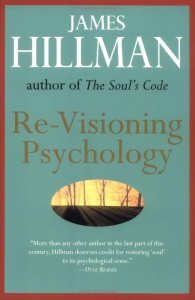
In other words, to stay with the flood of imagination that can open during a hypnogogic state, is the ability to see into soul and, in my opinion, the interconnectedness of an individual to a greater whole. This is an organic way of altering consciousness and shifting to different states of awareness. Frater notes that imagination is “neither entirely inner or outer…imagination is woven into all perception.” Creative writing is the thread for these ideas to come together.
If you’re looking to work with imagination on your journey of self-exploration, I recommend Waking Imagination. And if you’d like a more in-depth psychological text that invites a re-thinking of what to do with the material that emerges, especially in an imaginative practice, try Re-Visioning Psychology by James Hillman. Hillman says that soul work is a verb. Imagination is a portal; it is the experience of a psychological state where images take on consciousness, the soul speaks, and as beings, we move toward more aliveness. Both have been highly influential in my practice and what I offer in workshops. Autofiction, writing yourself into the main character of the story, becomes a container for profound transformational work. We de-literalize our lives, put things into other (fantastical, surreal) situations, take ourselves out of a smothering reality to feel our aliveness. This is the exact point that I use to advocate for creative writing as a powerful tool for transformation. It is a process for experiencing aliveness. It is also the tool to use to envision discrete psychological processes and flex the intrapsychic muscle.
And then, the mirror becomes the page. The page is what we gaze into to examine our inner world with the intention work with what we find and initiate healing and transformation. And, in tandem with psychotically guidance, engaging the act of imagination might just be one of the strongest medicines out there for working with your inner chaos and reaching inner peace.
***
A revised edition of The Practice: Write Your Own Story is coming summer 2023. Sign up on the right for the mailing list to know when the new edition is released!
***
Hi there! Thanks for reading. I’m a writer, editor, and transpersonal guide who explores psychospiritual growth.
I write my own story. In that light, my writing is service–the stories I share about my own psychospiritual growth, the process of self exploration & self transformation, and the way culture affects us are my gift to the world.
I share the knowledge and processes that anyone can implement to achieve inner peace. This is a transpersonal point of view and embodied transformation through creative writing.
And, I explore the deep stuff–what we do when we recall past life experiences; how we engage the archetypal resonance of embodied experience; when to call the “weird stuff” you’re experiencing a spiritual awakening and when to call a mental healthcare practitioner.
- If you are a mental healthcare professional who would like to work with me on your journey of psychospiritual growth or integrating transpersonal psychology with your client practice, go here
- If you are a GenXer who wants to learn about a transpersonal worldview and write your own story in a group setting online, go here
- If you are interested in my work with language and changing the mental healthcare narrative through transpersonal psychology, I invite you to read the curated pieces from my portfolio that are on this website and reach out
BTW: I love tattoos and coffee.
***
Curious about seeing the world and the mind as multidimensional? What does that mean for science?
- Check out Public Parapsychology. Learn more about what psi is and why psi belongs to everyone. Join other seekers and citizen scientists who are exploring parapsychological phenomena for the benefit of understanding the spiritual nature of the material world.
- Also consider joining The Parapsychological Association. Support an organization of professional scientists and independent researchers who are pushing the boundaries of our current understanding of the mind. Programming and publications include excellent resources for mental healthcare practitioners and healers who support individuals with transpersonal experiences.

